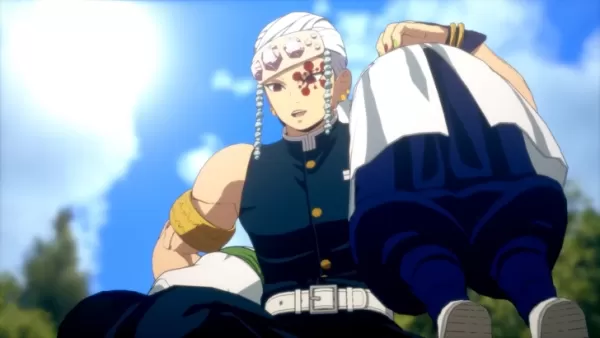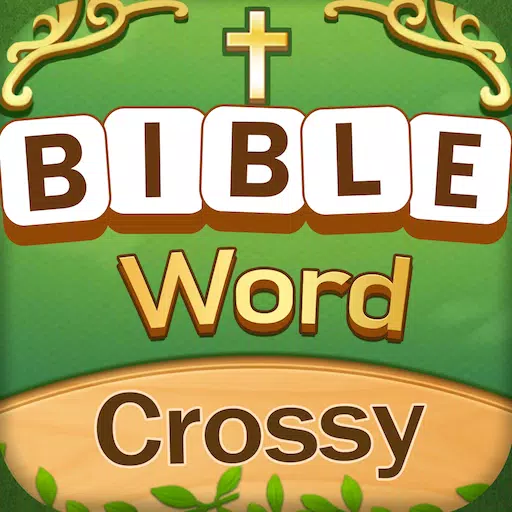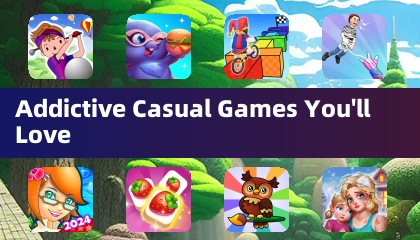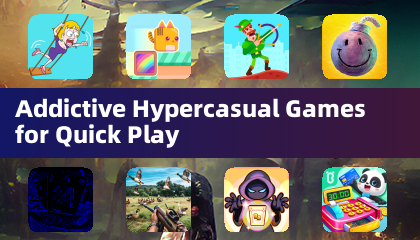In 2015, the French studio Don't Nod set a new benchmark for interactive dramas with Life is Strange, an enthralling adventure that celebrated the beauty of everyday moments, the strength of unbreakable friendships, and the relentless march of time. Players were drawn to its meticulous attention to detail and the ability to explore a world where their choices had tangible impacts. While subsequent projects saw the developers branching into different genres, none quite captured the magic that Life is Strange had ignited in fans' hearts.
Now, years later, Don't Nod returns to their roots with Lost Records: Bloom & Rage, a coming-of-age story that not only serves as interactive cinema but also as an ode to a bygone era and the essence of carefree youth. With its evocative atmosphere, vibrant characters, and unpredictable choices, this game promises to captivate players once again.
Table of Contents ---
- Friends Reunite to Uncover Secrets from the Past After 27 Years
- Choices Still Impact Surroundings, Dialogues, and Relationships
- Bloom & Rage Creates Beautifully Imperfect Characters
- A Town Worth Dreaming About
- Slow-Paced Plot: The Defining Feature of the Story
Friends Reunite to Uncover Secrets from the Past After 27 Years
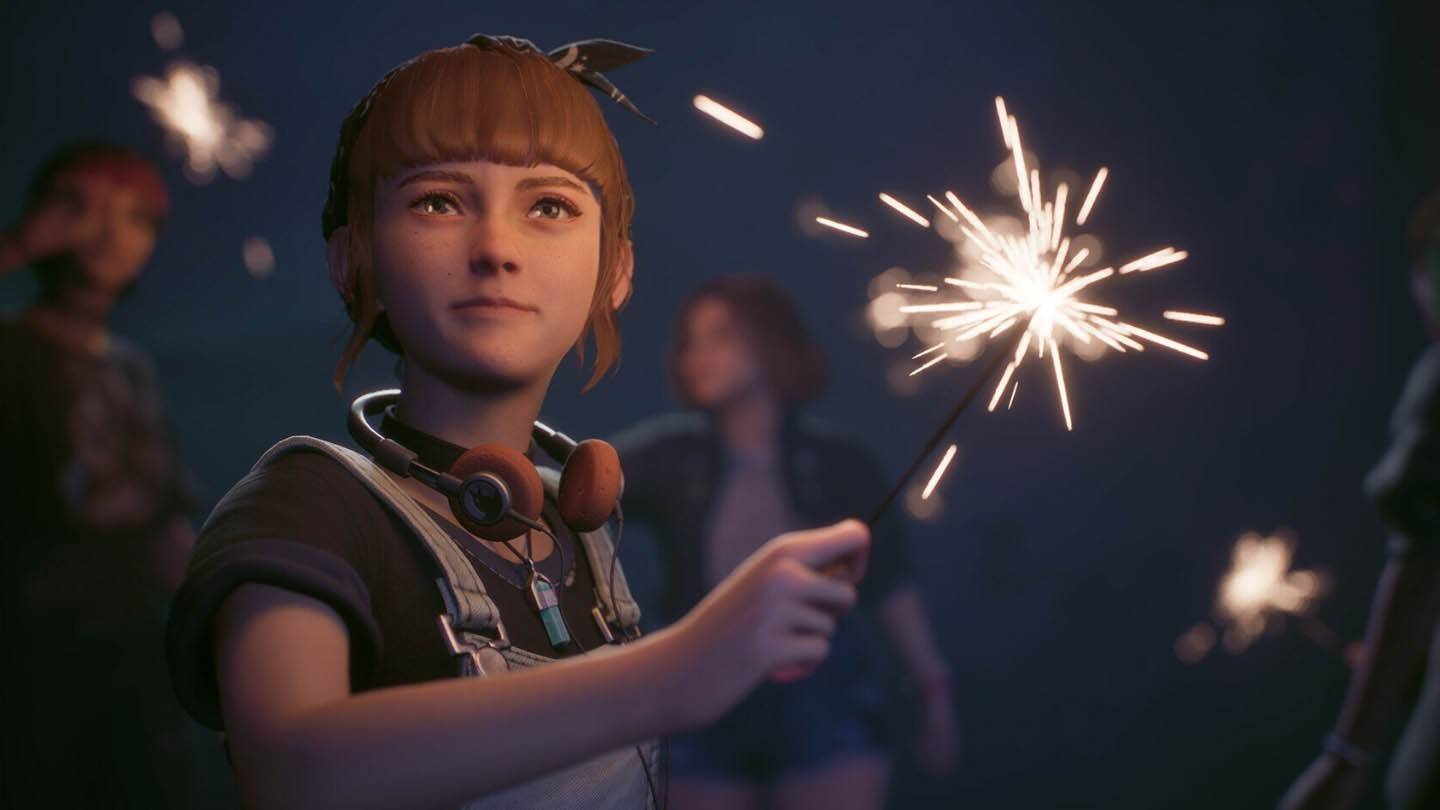 Image: ensigame.com
Image: ensigame.com
At the core of Lost Records is the story of four women whose friendship dissolved 27 years ago. Our protagonist, Swan Holloway, returns to her hometown of Velvet Bay for a reunion and discovers a mysterious package from the past. The narrative unfolds across two timelines: one in 1995, a time when the world seemed brighter and more promising, and another in 2022, where the women, now in their forties, sit in a bar, their awkward smiles hiding the pain of a terrible incident that tore them apart. The camera switches to first-person mode to emphasize the stark differences between these eras.
Most of the gameplay occurs in the past, where players explore beautifully rendered locations, nurture relationships, and document their experiences using a vintage HVS camera. Video recording is a central mechanic, reminiscent of Life is Strange's Max Caulfield. Swan captures everything from graffiti and wildlife to paranormal phenomena. In a dedicated menu, players can edit these recordings into short films, categorized by themes, with Swan providing commentary. While these documentaries don't directly influence the storyline, they add depth to the narrative.
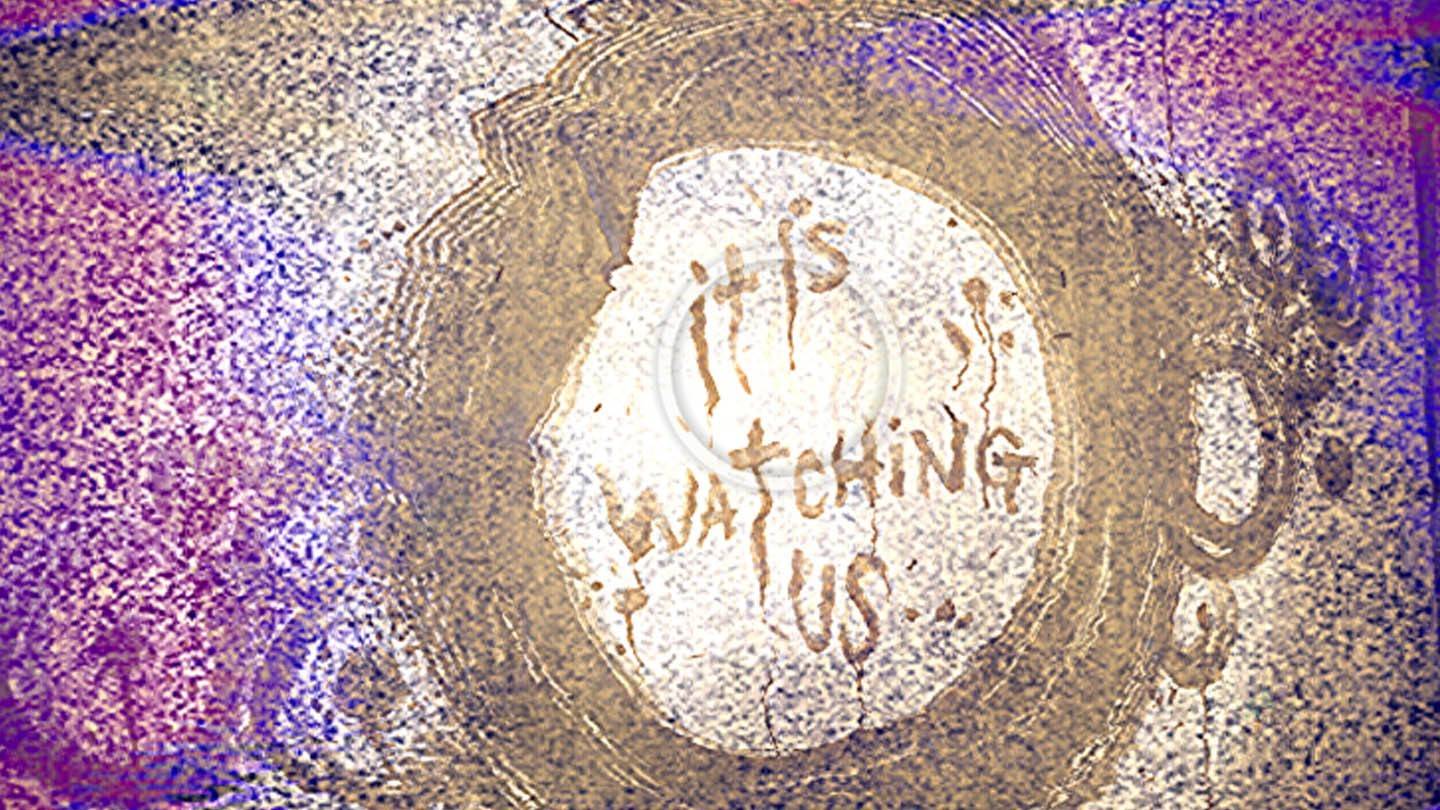 Image: ensigame.com
Image: ensigame.com
Choices Still Impact Surroundings, Dialogues, and Relationships
Lost Records shines with its interactivity and attention to detail, hallmarks of Don't Nod's work. For instance, when Swan expresses a craving for ice cream from a nearby truck, players can choose to fulfill her wish or continue with other tasks. Delaying too long results in the truck closing, altering subsequent interactions with new acquaintances.
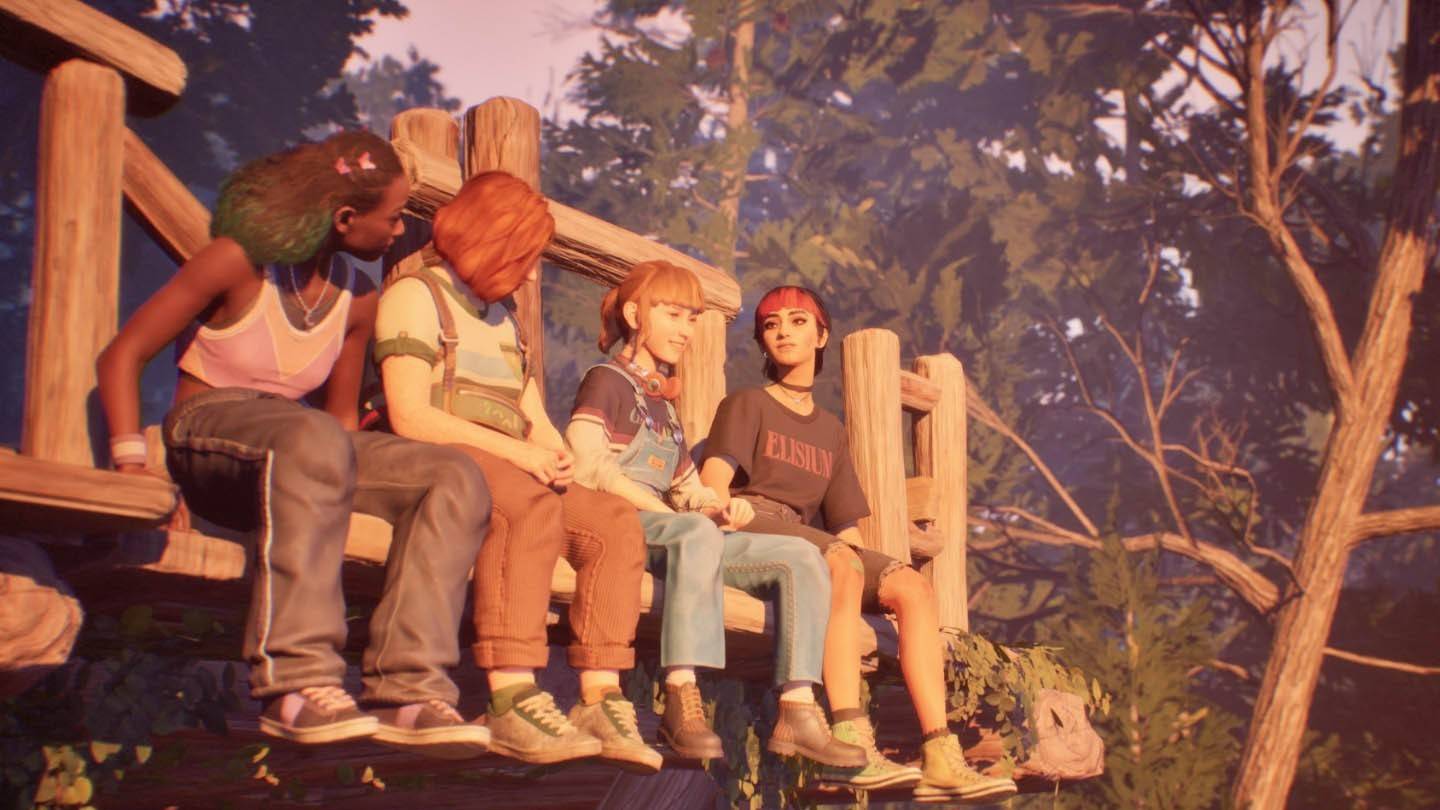 Image: ensigame.com
Image: ensigame.com
The game's world is dynamic, enhancing its charm. Dialogues unfold in real-time, similar to Oxenfree and Telltale games, with characters interrupting each other, changing topics, and offering silence as a valid response. Sometimes, saying nothing is better than impulsively revealing a secret. Building connections is another form of choice; players don't need to seek everyone's approval. Swan, though shy, can be encouraged to open up.
Bloom & Rage Creates Beautifully Imperfect Characters
 Image: ensigame.com
Image: ensigame.com
Don't Nod excels in crafting characters that feel authentic. They are loud, occasionally clumsy in their youthful idealism, yet deeply sincere. Swan, the protagonist, is an ordinary 16-year-old who struggles with self-doubt and hides behind her camera, reminiscent of Life is Strange's Max Caulfield but distinctly her own person.
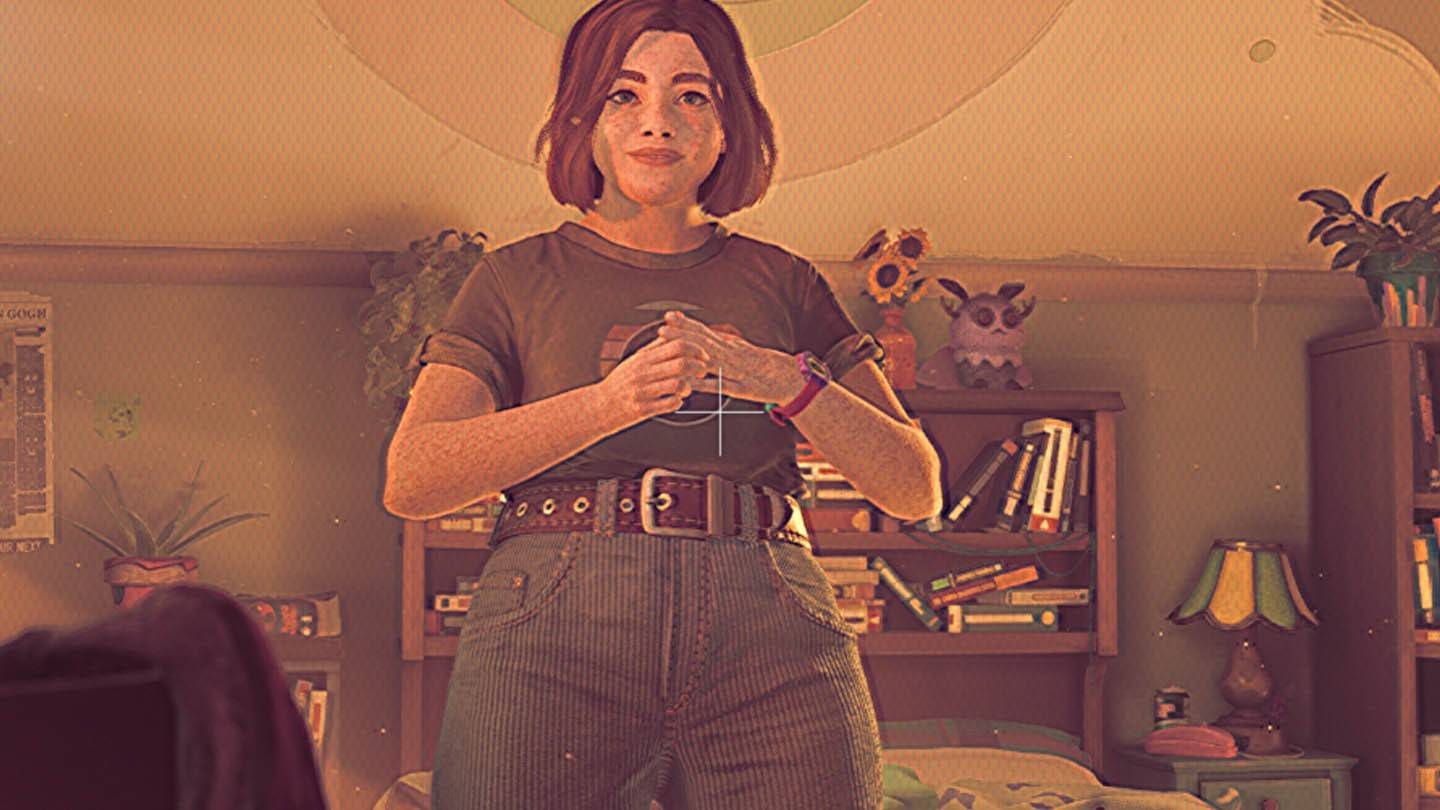 Image: ensigame.com
Image: ensigame.com
Her friends—Otterm, Kate, and Nora—embody familiar tropes but transcend them. Nora, the punk with colorful bangs and American dreams, surprises with her cautious nature, while Kate, the passionate writer, encourages Swan to be bolder. Otterm values thoughtfulness and seriousness. In their company, players relive the feeling of being a teenager convinced they understand life, regardless of their actual age. Lost Records is a journey through time, not just into youth but into the heart of the '90s.
A Town Worth Dreaming About
Nostalgia is woven into every aspect of Lost Records. Swan's room, filled with artifacts like bulky TVs, tapes, floppy disks, tamagotchis, Rubik's cubes, and troll dolls, is a treasure trove for millennials. Easter eggs referencing pop culture, from Sabrina and The X-Files to Tank Girl and The Goonies, abound. The plot setup itself echoes Stephen King's It, with 27 years since the characters last met.
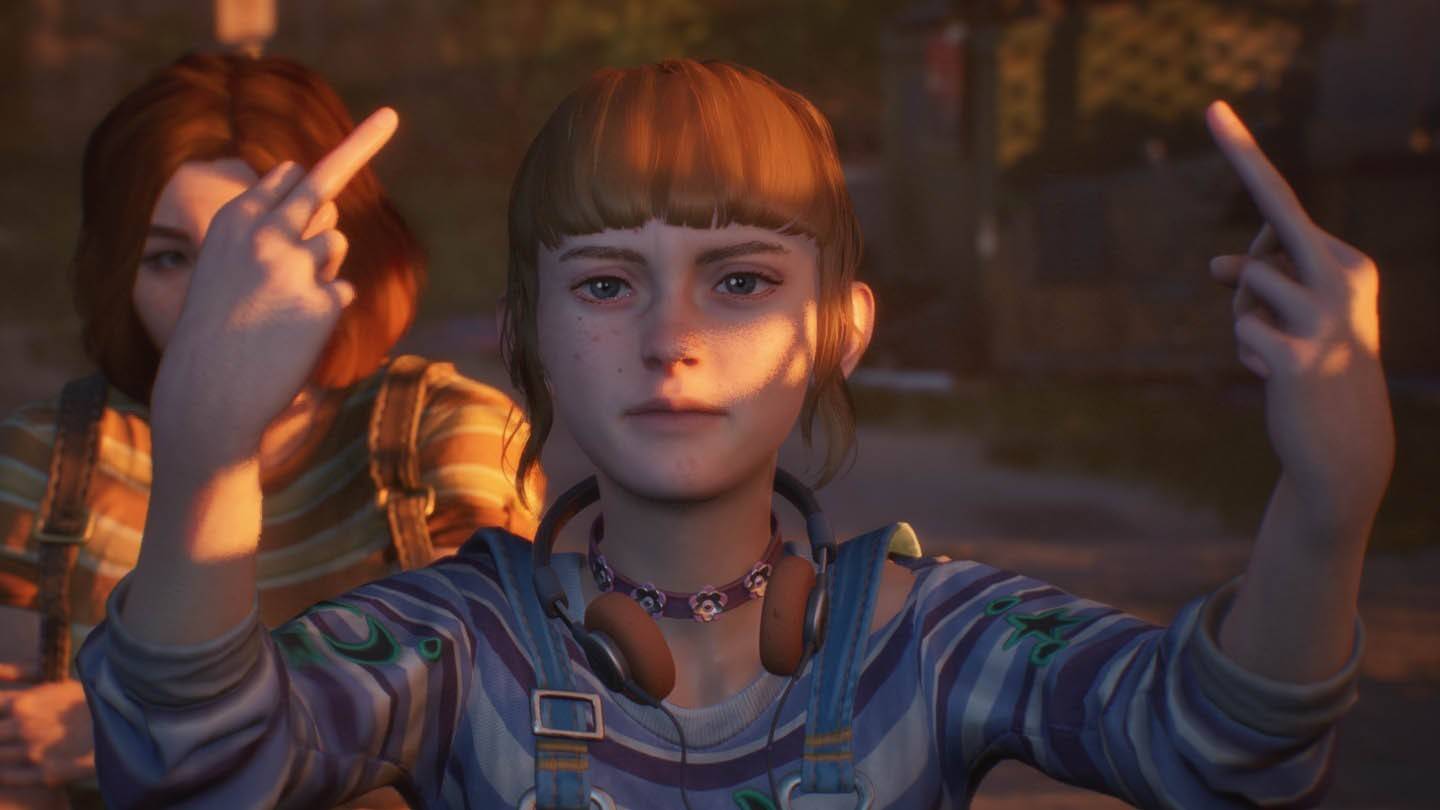 Image: ensigame.com
Image: ensigame.com
The soundtrack is a standout, with dream-pop and indie-rock tunes that soothe and enchant. Tracks like "See You in Hell" and "The Wild Unknown" linger in the mind, enhancing the game's immersive atmosphere. Velvet Bay, the setting, transforms from a cozy daytime haven to a chilling nocturnal mystery, drawing players deeper into its secrets.
Slow-Paced Plot: The Defining Feature of the Story
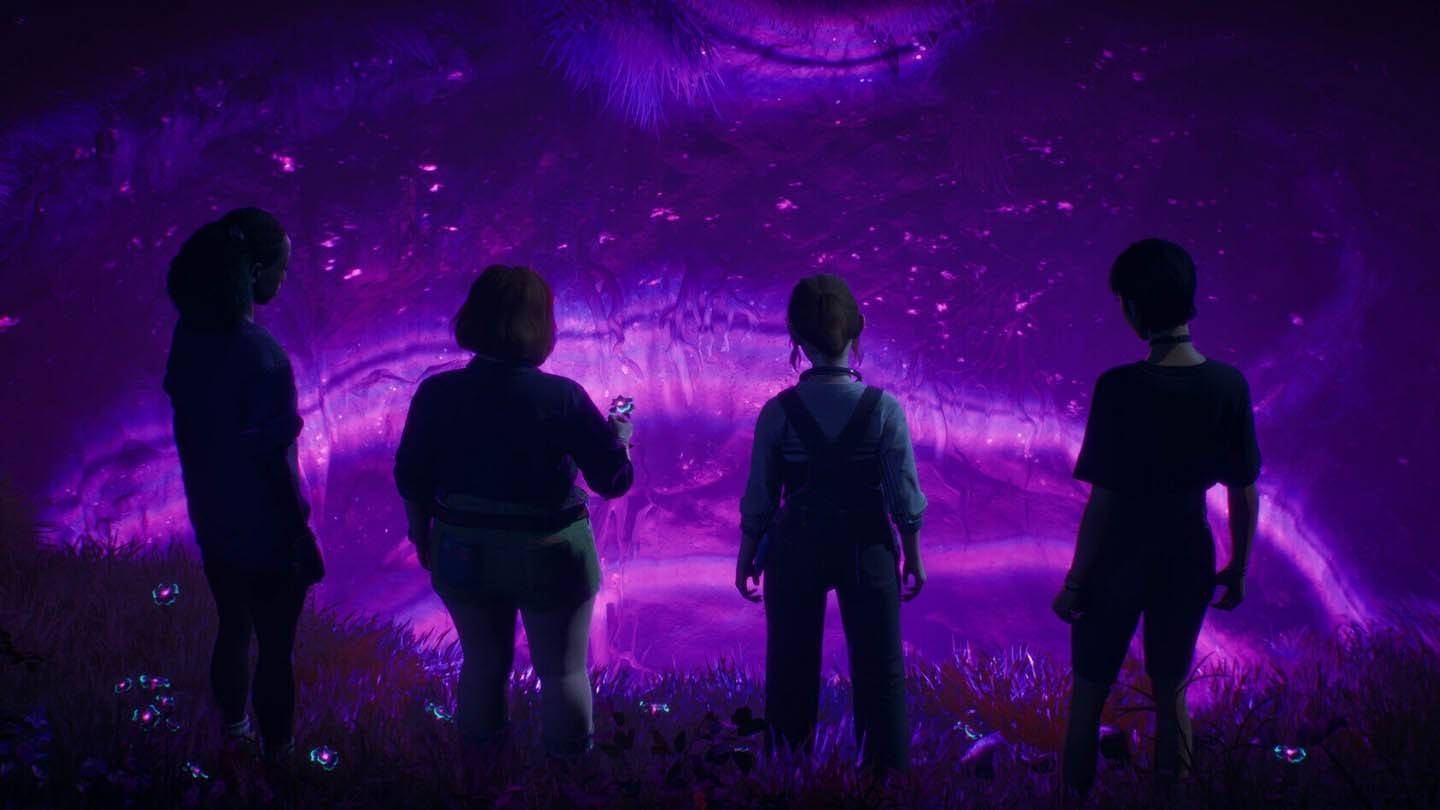 Image: ensigame.com
Image: ensigame.com
Lost Records builds its exposition gradually, so much so that the mystery genre might initially be overlooked. Unlike Life is Strange, where teenage life quickly segues into detective work, Lost Records takes its time, allowing players to bond with the characters and soak in the '90s vibe before the narrative shifts. This slow pace isn't a flaw but a deliberate choice that pays off in the second half of the first episode, where tension and suspense mount, culminating in a cliffhanger that sets the stage for the next installment.
Lost Records: Bloom & Rage transports players to the '90s, even if they never lived through them. It's a film that knows its audience and doesn't pretend to be anything else. With relatable characters, engaging interactions, and the potential for a compelling story, it has all the ingredients for success in its genre. The full impact of its narrative will be revealed with the release of the second part on April 15th. Don't Nod's magic is once again at work, and I eagerly await the conclusion.

